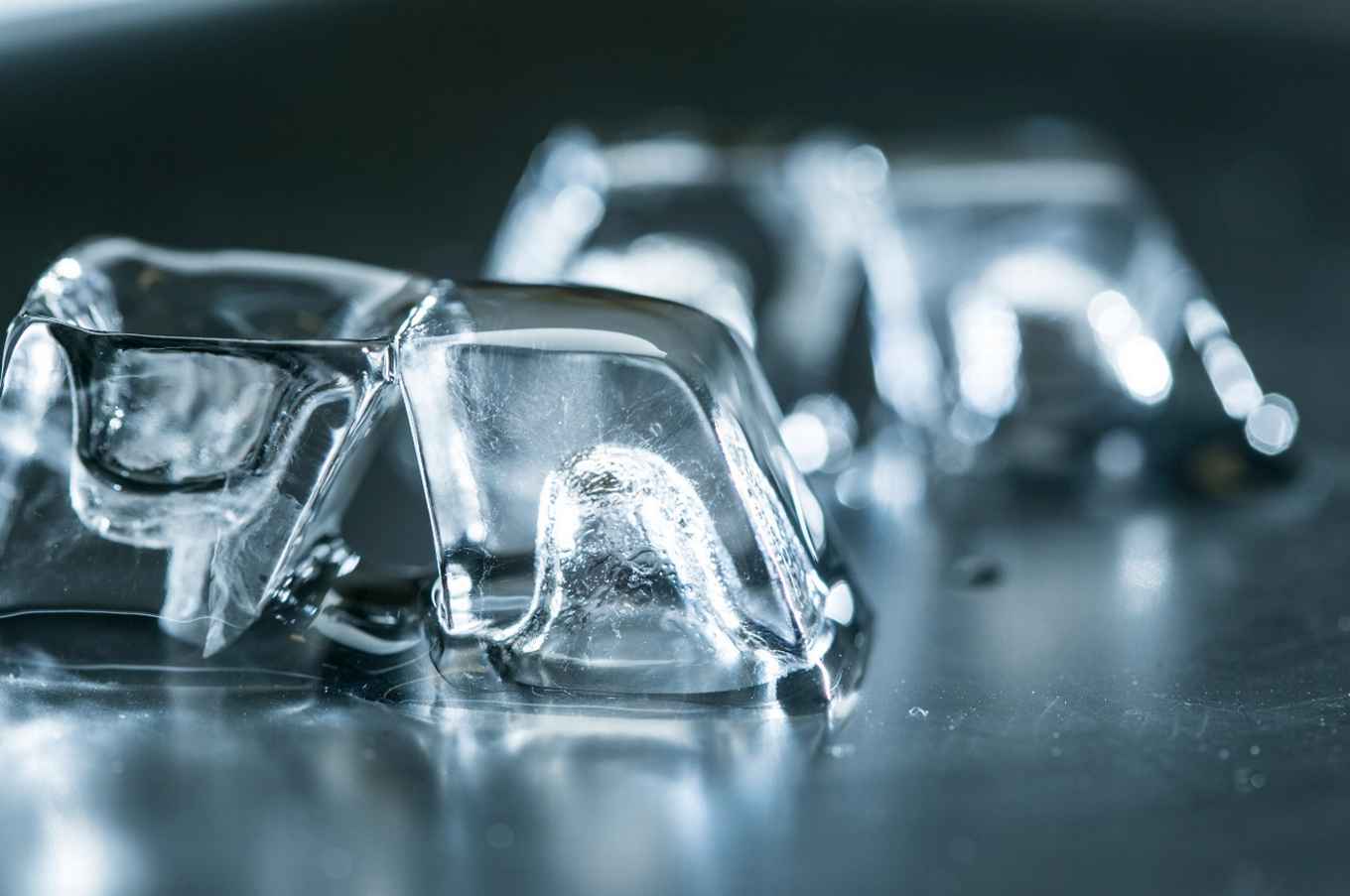Novel colloidal crystals provide surprising insight into surface premelting
Observations at the single-particle level challenge existing melting mechanisms
14 March 2016

Glacier movement, frost heave, snowflake growth and ice skating are just a few examples of everyday processes depending on 'surface premelting'. This refers to the phenomenon that the surface of a solid can melt into a thin layer of liquid, even below its melting point. This facilitates for instance to fusion of two pieces of ice below 0°C: at the contact point the premelted surface water becomes embedded in the ice and subsequently freezes. Surface premelting is prevalent in all classes of solids and facilitates crystal growth. It is therefore a critical phenomenon in disciplines such as metallurgy, geology and meteorology.
Single particle resolution
Researchers have until now been unable to obtain a thorough understanding of premelting mechanisms at the molecular or atomic level, in particular for two dimensional (2D) melting under the presence of free surfaces (i.e. solid-vapor interfaces). Because the employed methods (such as X-ray diffraction and differential scanning calorimetry) lack single-particle resolution, it has been difficult to relate the obtained results to phase transition theory.

The HKUST and UvA team has now changed this by using a model system consisting of microscopic plastic spheres confined in a parallel-plate glass cell. In this "macroscopic atomic system" premelting and melting is induced by lowering the temperature - that is, weakening the attraction between the spheres. At each temperature step the thermal motion of approximately 6,000 spheres was recorded with an optical microscope during approximately one hour. Subsequently the behavior of the model system was analyzed using single particle dynamics. The experiment was performed at HKUST under supervision of associate professor Yilong Han. UvA postdoc researcher Ran Ni of the Computational Physics and Chemistry Group of the Van 't Hoff Institute for Molecular Sciences (HIMS) assisted in data analysis and interpretation of results.
Bulk melting
The researchers conclude that their new colloidal model system is very well suited to study surface physics of attractive crystals. To their surprise they were able to establish that the surface premelting is related to bulk melting and solid-solid transitions. A crystal with free surfaces (solid-vapor interface) melted homogenously from both surfaces and within the bulk. Dr Ran Ni: "These findings are in contrast to the commonly assumed heterogeneous melting from surfaces. In particular we have established that the bulk melting was accompanied with the formation of grain boundaries, demonstrating a grain-boundary-mediated 2D melting scenario. These novel interplays among surface premelting, bulk melting, and solid-solid transitions present new challenges on theories on surface premelting and 2D melting."
Publication
Bo Li, Feng Wang, Di Zhou, Yi Peng, Ran Ni & Yilong Han: Modes of surface premelting in colloidal crystals composed of attractive particles. Nature AOP 14 March 2016 doi:10.1038/nature16987
The research of Dr Ran Ni was supported by the Netherlands Organisation for Scientific Research NWO through a VENI grant. Ran Ni recently moved to Nanyang Technological University in Singapore to start a new research group on Computational Soft Matter Physics in the School of Chemical and Biomedical Engineering.